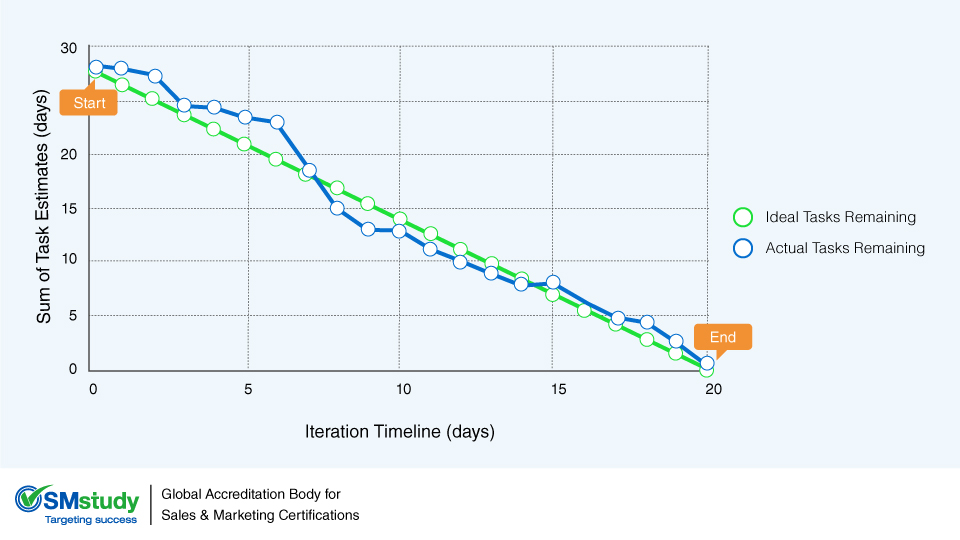The Value of the Sprint Backlog in Scrum Projects
Posted by SCRUMstudy® on January 07, 2023
Categories: SBOK® Guide
What is a Sprint Backlog? Is it a baseline, a record, or a report? A baseline is a project document that defines aspects of the project and, once approved, is subject to change control. It is used to measure the project’s actual performance against planned targets. A record maintains information on the progress of the project. A report provides snapshots of the status of different aspects of a project at a given point in time or for a given duration.
To answer this question, we need to understand what a Sprint Backlog is, its purpose and composition. The Scrum Team creates the Sprint Backlog and Sprint Burndown Chart using the User Stories and the Effort Estimated Task List during Sprint Planning Meeting. During Sprint Planning Meeting, the User Stories, which are approved, estimated, and committed during the Approve, Estimate, and Commit User Stories process, are taken up for discussion by the Scrum Team. Each Scrum Team member also uses Effort Estimated Task List to select the tasks they plan to work on in the Sprint, based on their skills and experience. The list of the tasks to be executed by the Scrum Team in the upcoming Sprint is called the Sprint Backlog.
It is common practice in Scrum that the Sprint Backlog is represented on a Scrumboard or task board, which provides a constantly visible depiction of the status of the User Stories in the backlog. Also included in the Sprint Backlog are any risks associated with the various tasks. Any mitigating activities to address the identified risks would also be included as tasks in the Sprint Backlog. Once the Sprint Backlog is finalized and committed to by the Scrum Team, new user stories should not be added – however, tasks that might have been missed or overlooked from the committed user stories may need to be added. If new requirements arise during a Sprint, they will be added to the overall Prioritized Product Backlog and included in a future Sprint.
Another tool associated with the Sprint Backlog is the Sprint Burndown Chart. It is a graph that depicts the amount of work remaining in the ongoing Sprint. The initial Sprint Burndown Chart is accompanied by a planned burndown. The Sprint Burndown Chart should be updated at the end of each day as work is completed. This chart shows the progress that has been made by the Scrum Team and also allows for the detection of estimates that may have been incorrect. If the Sprint Burndown Chart shows that the Scrum Team is not on track to finish the tasks in the Sprint on time, the Scrum Master should identify any obstacles or impediments to successful completion, and try to remove them. A related chart is a Sprint Burnup Chart. Unlike the Sprint Burndown Chart which shows the amount of work remaining, the Sprint Burnup Chart depicts the work completed as part of the Sprint.
So, categorizing the Sprint Backlog as a baseline, record, or report proves challenging. As Scrum advocates for minimal documentation, the Sprint Backlog serves multiple purposes akin to various project documents. For further insights into the Scrum framework, you can access the Scrum Body of Knowledge (SBOK Guide) for free on the SCRUMstudy website: http://www.scrumstudy.com/download-free-buy-SBOK.asp

